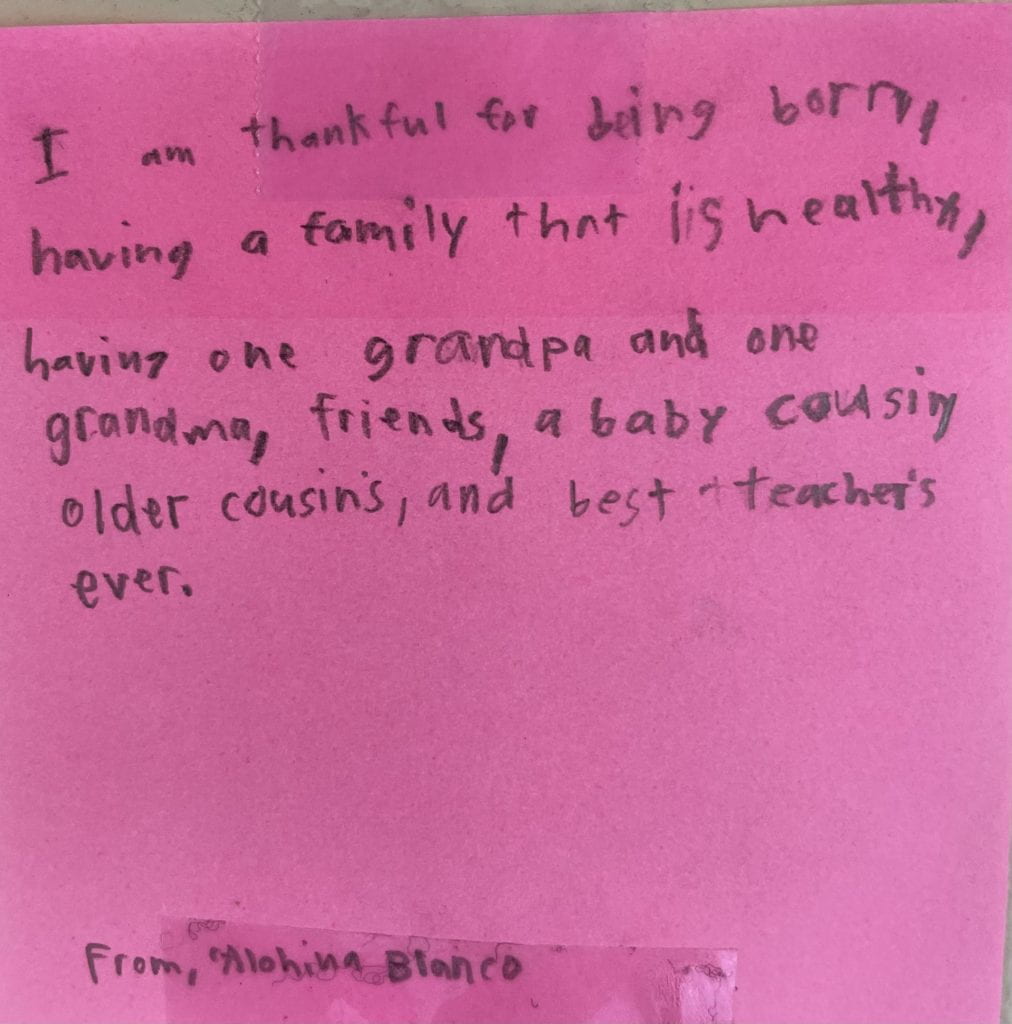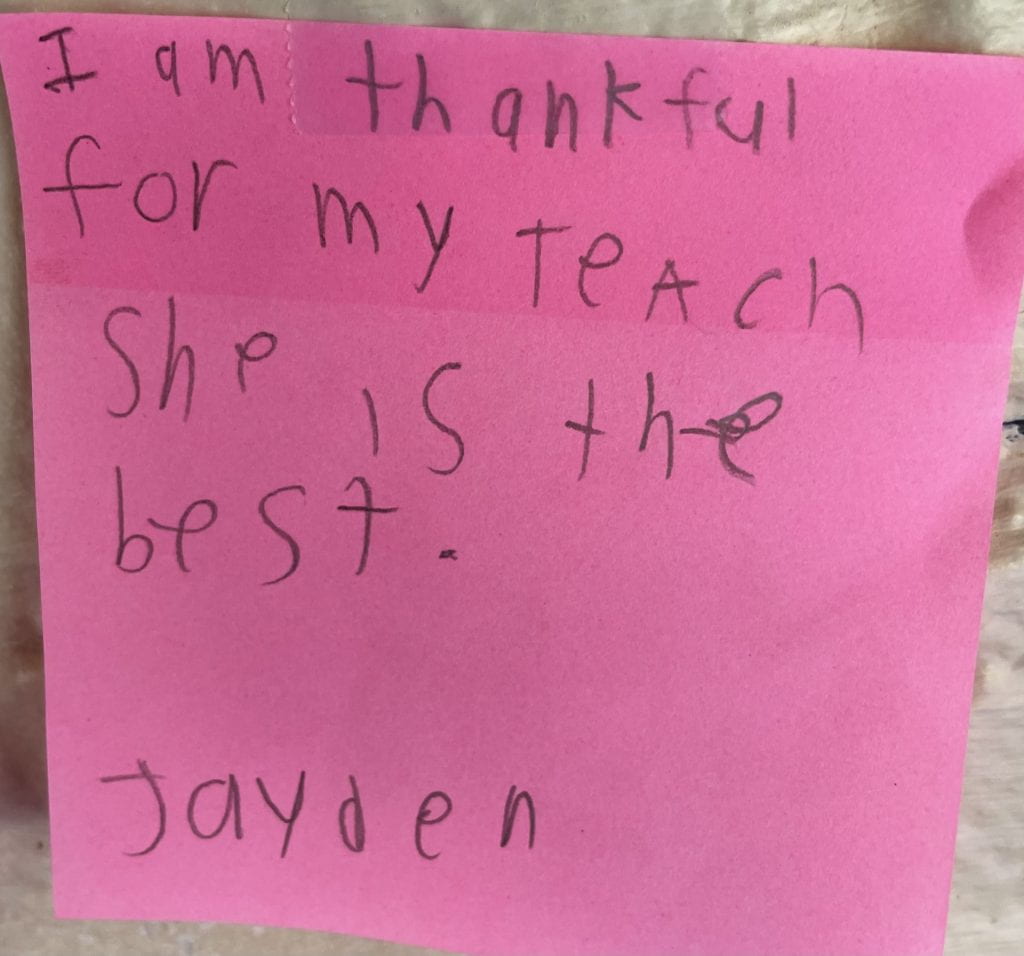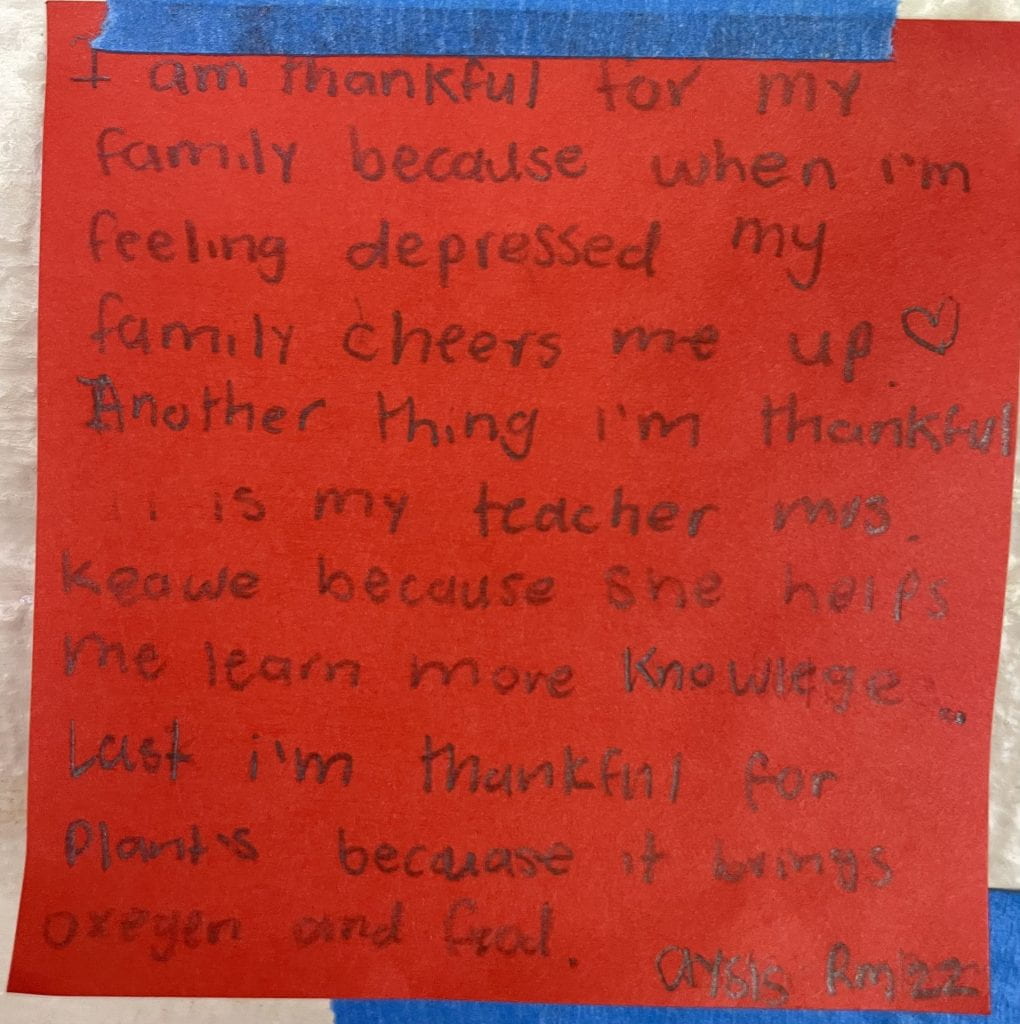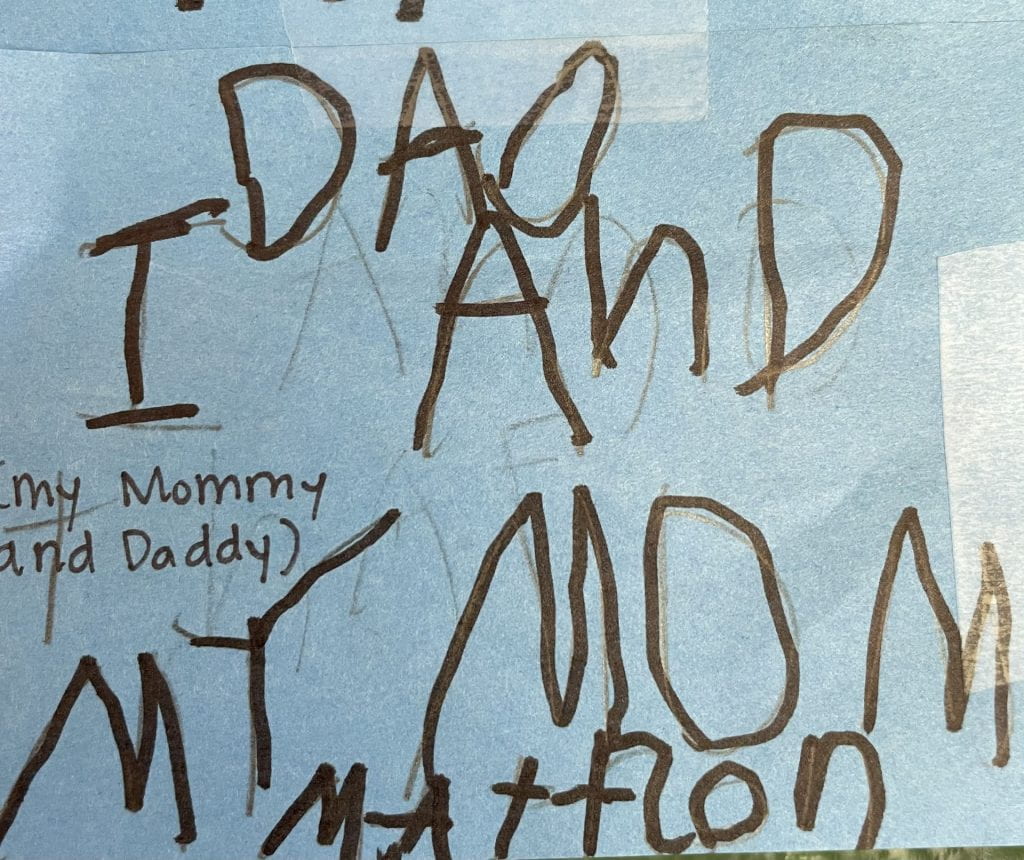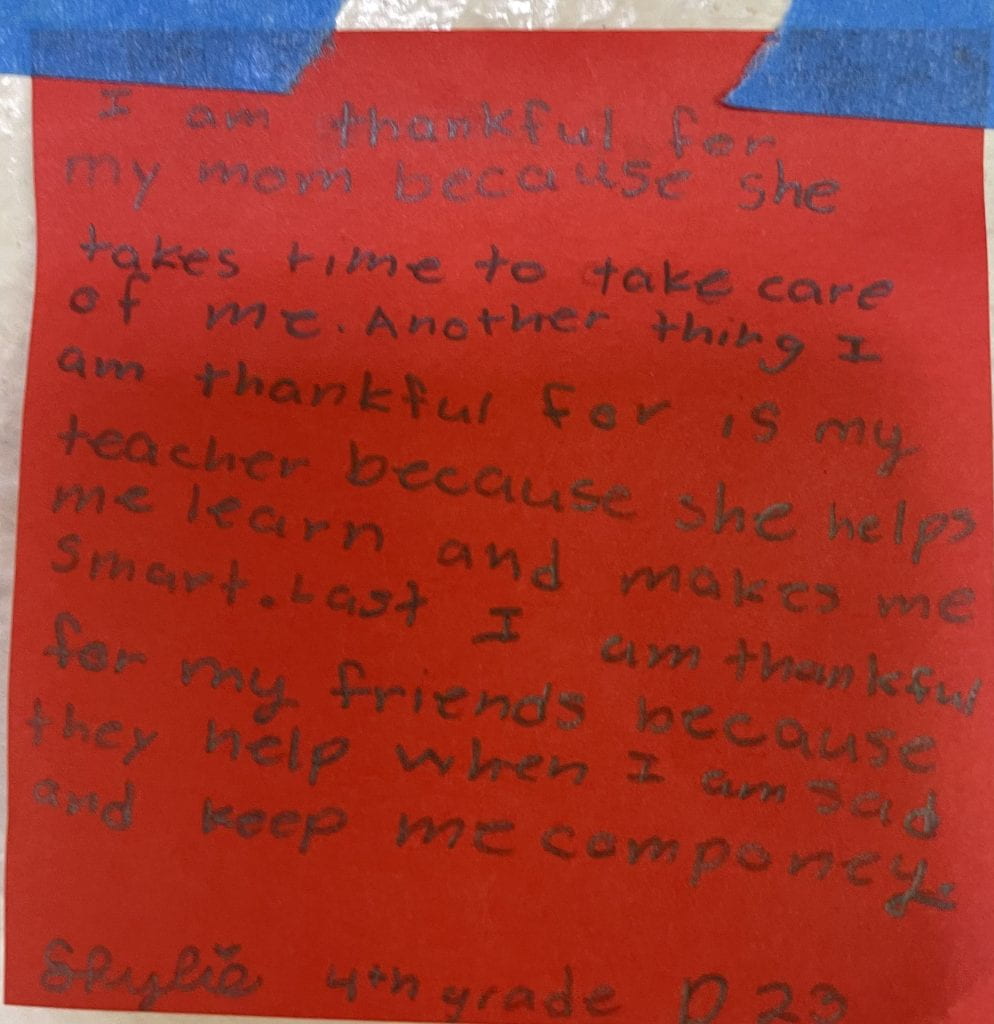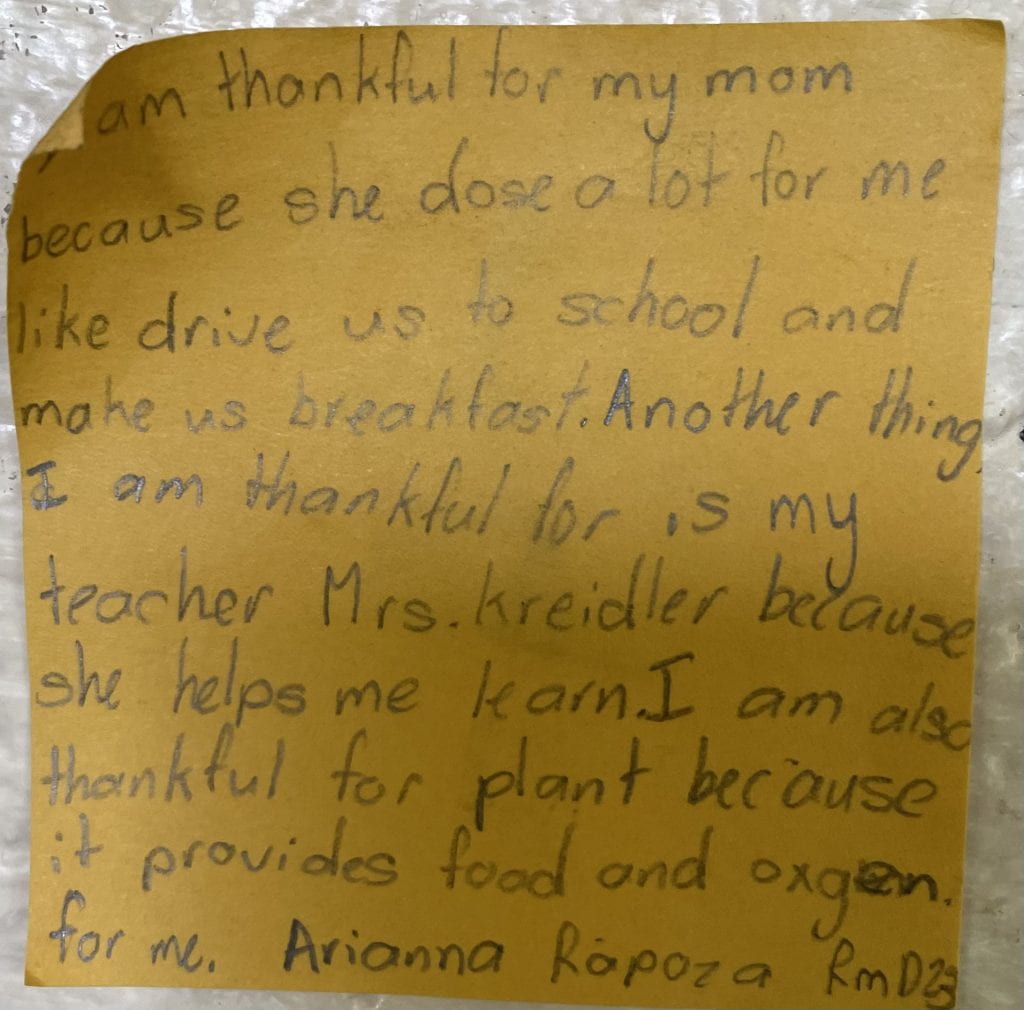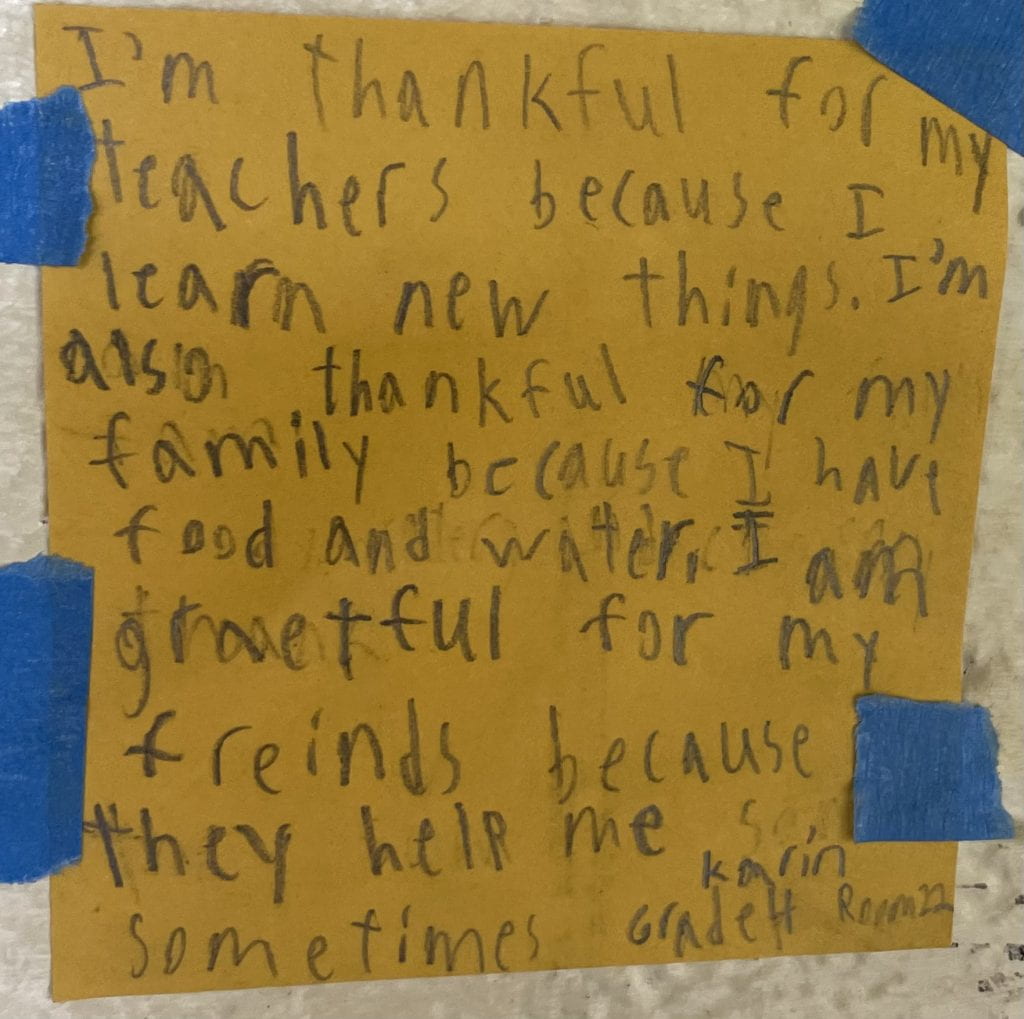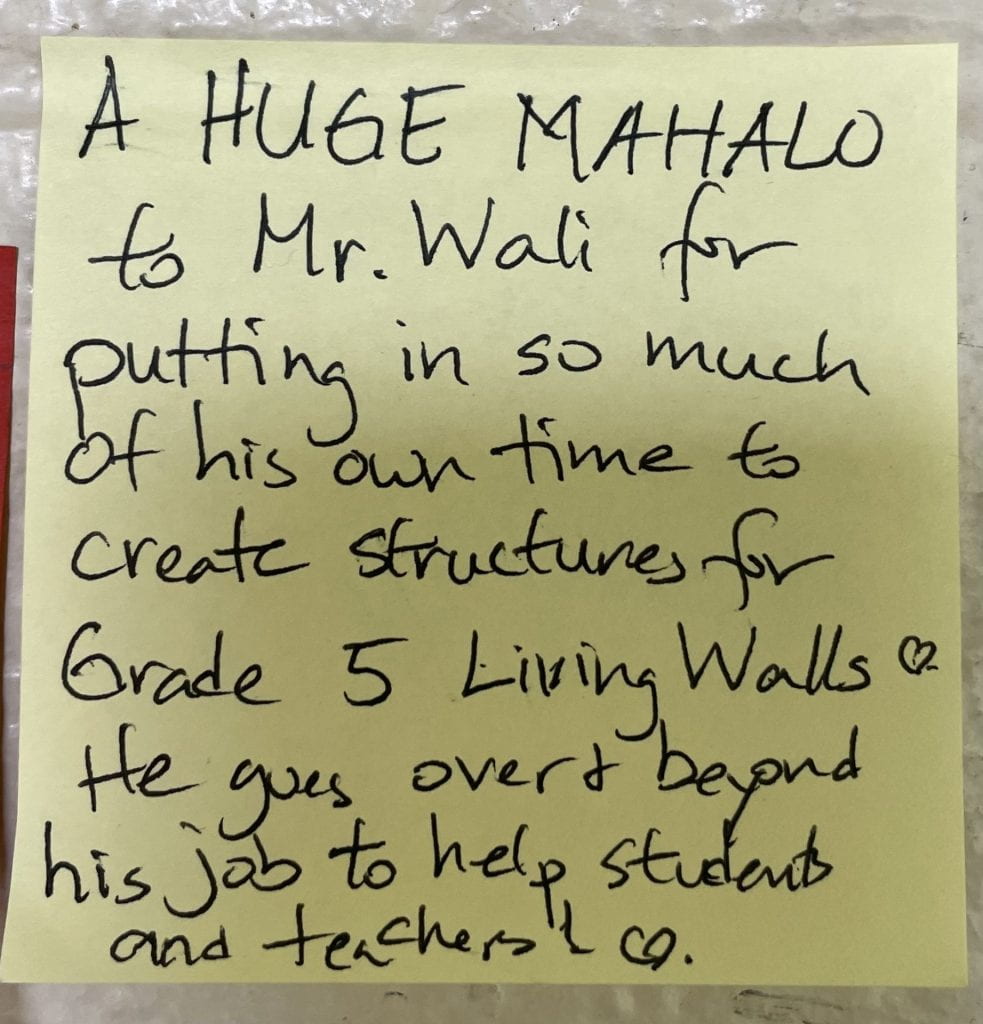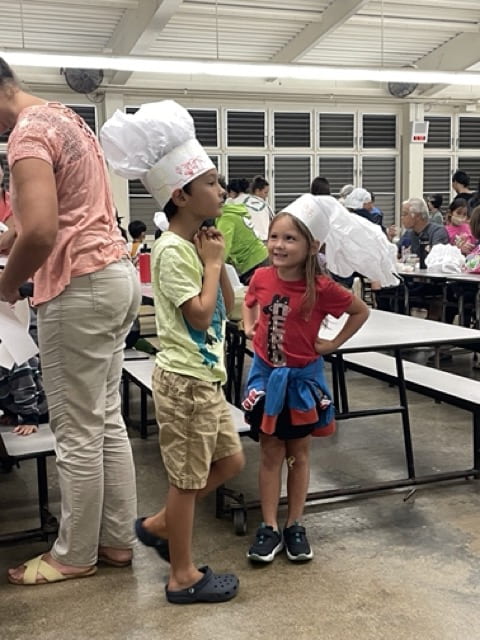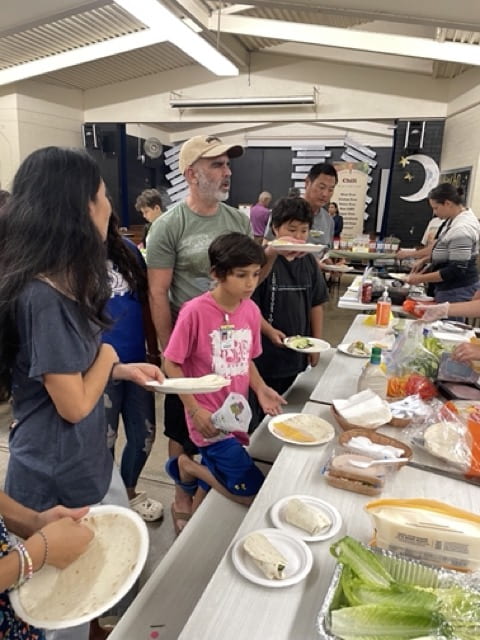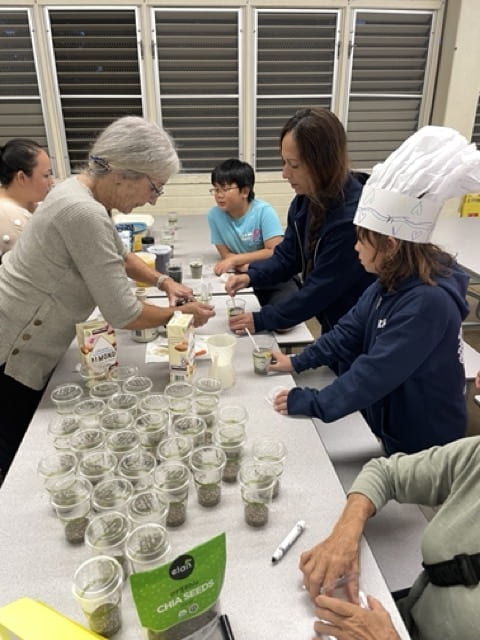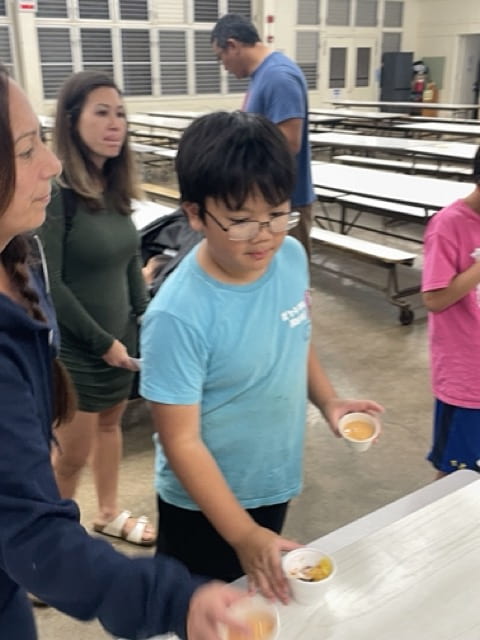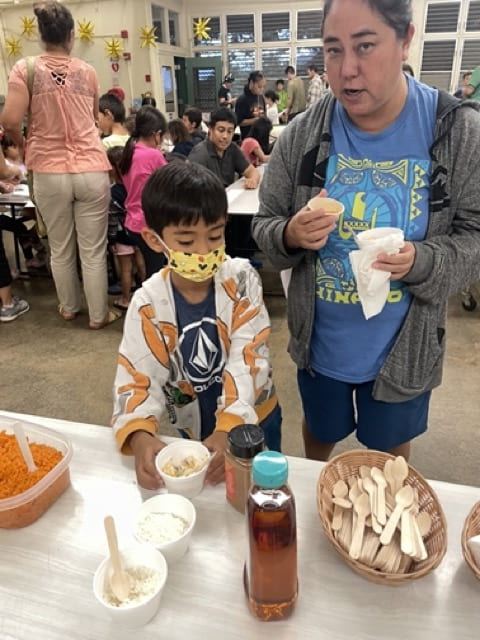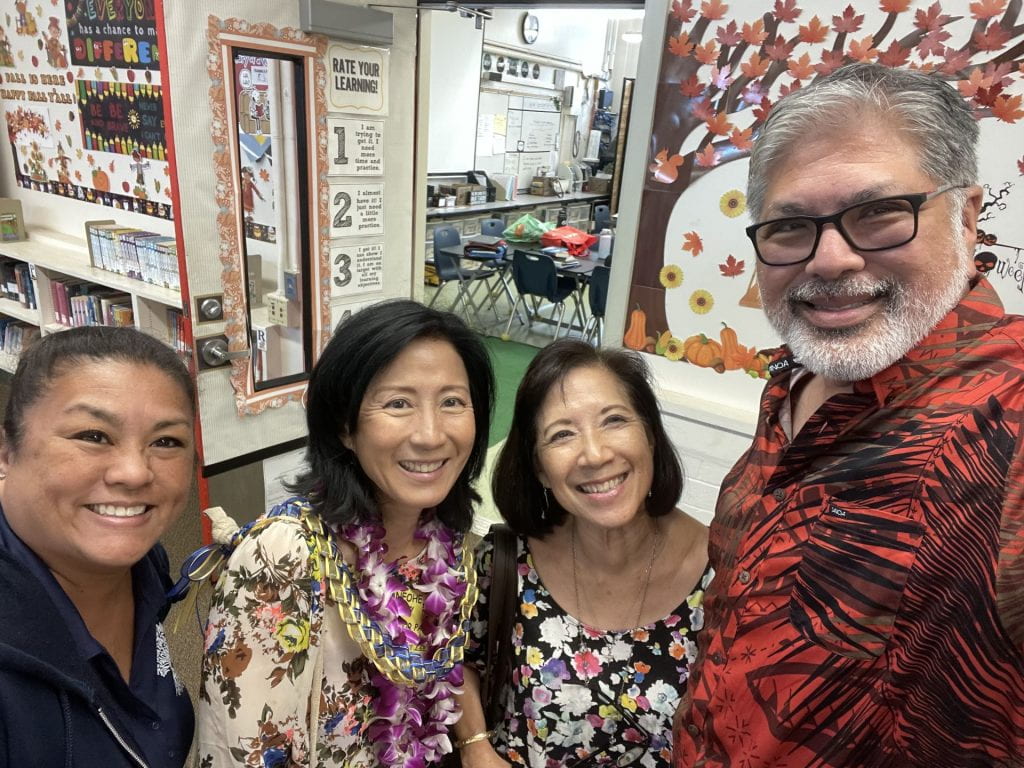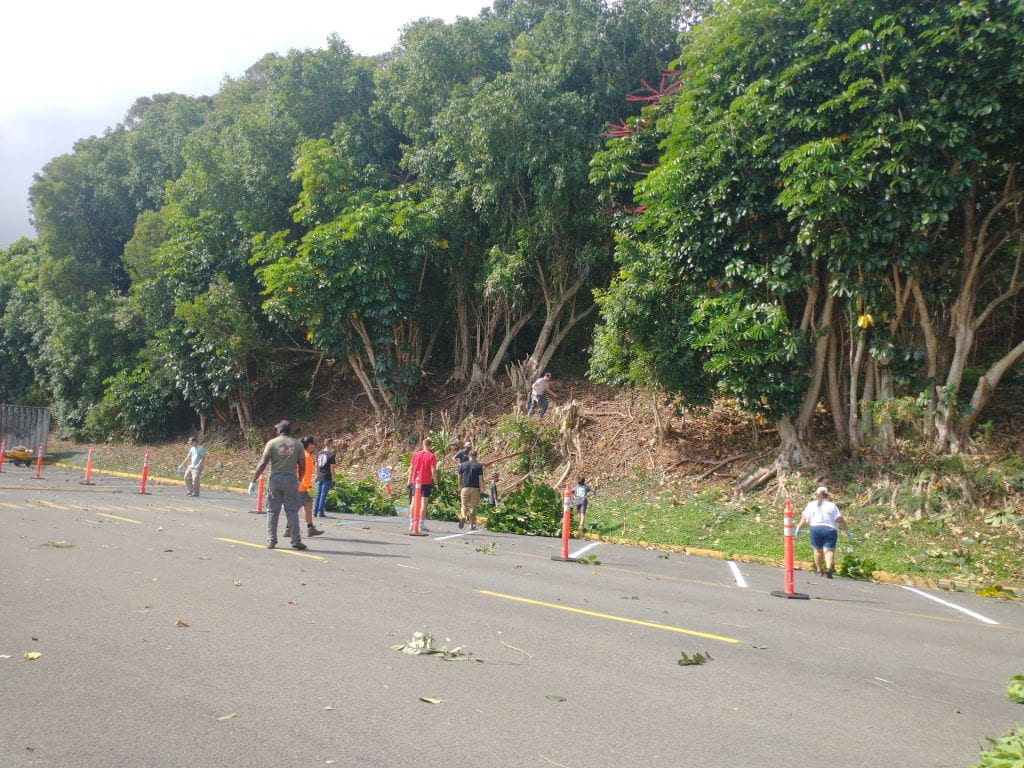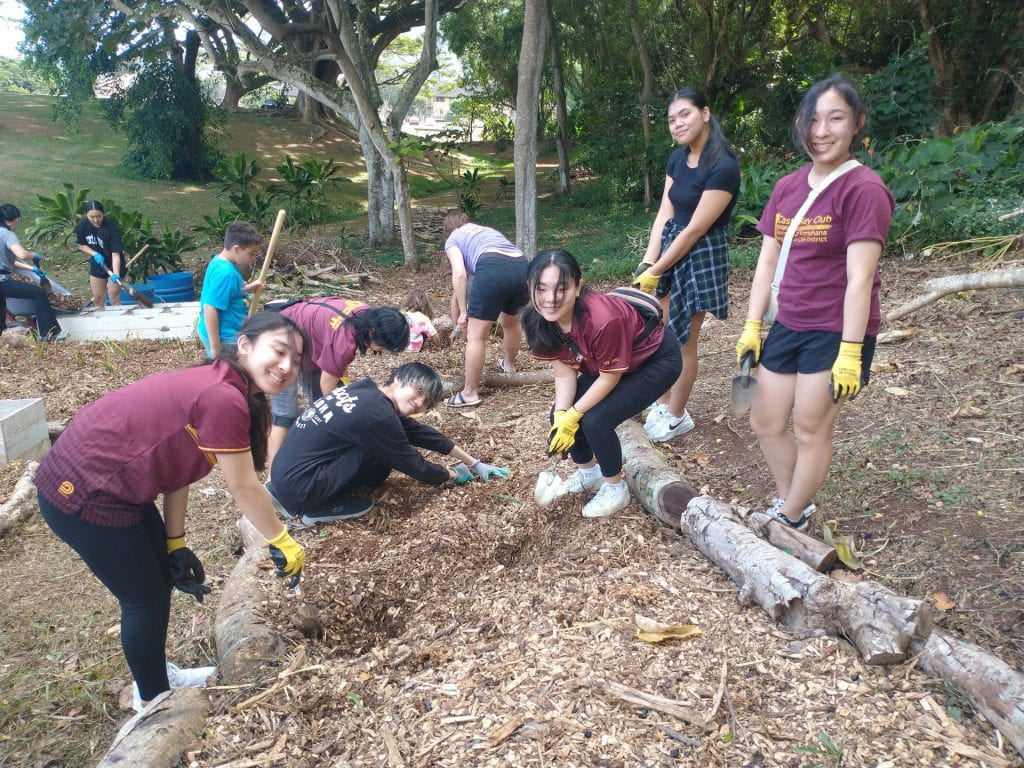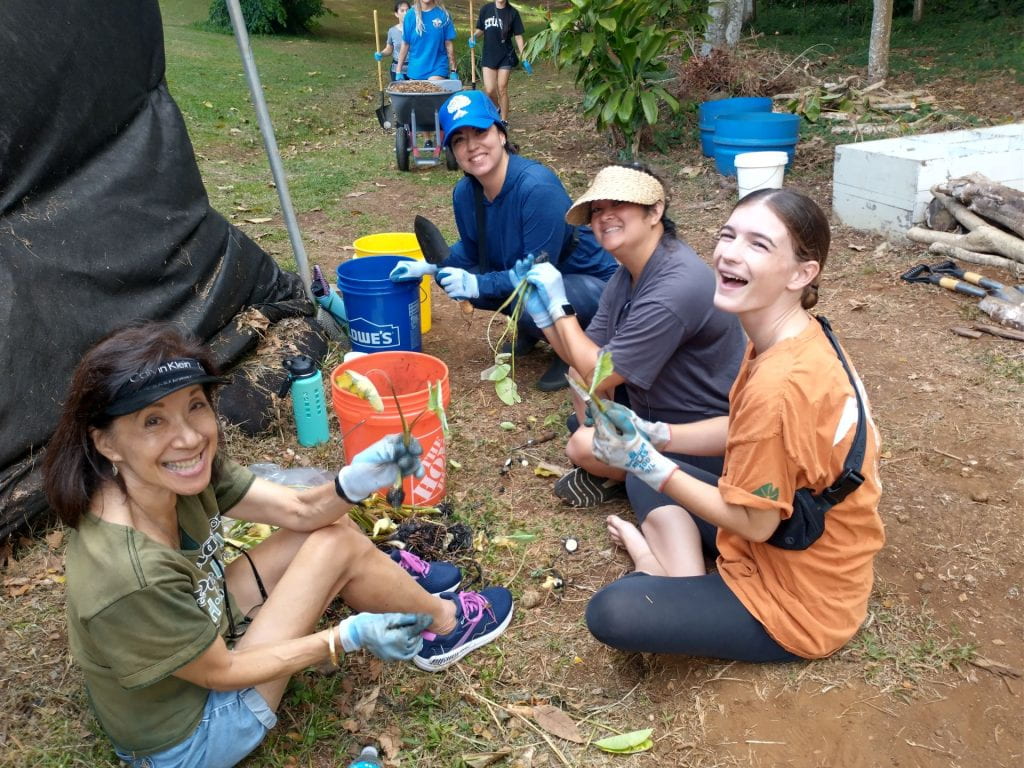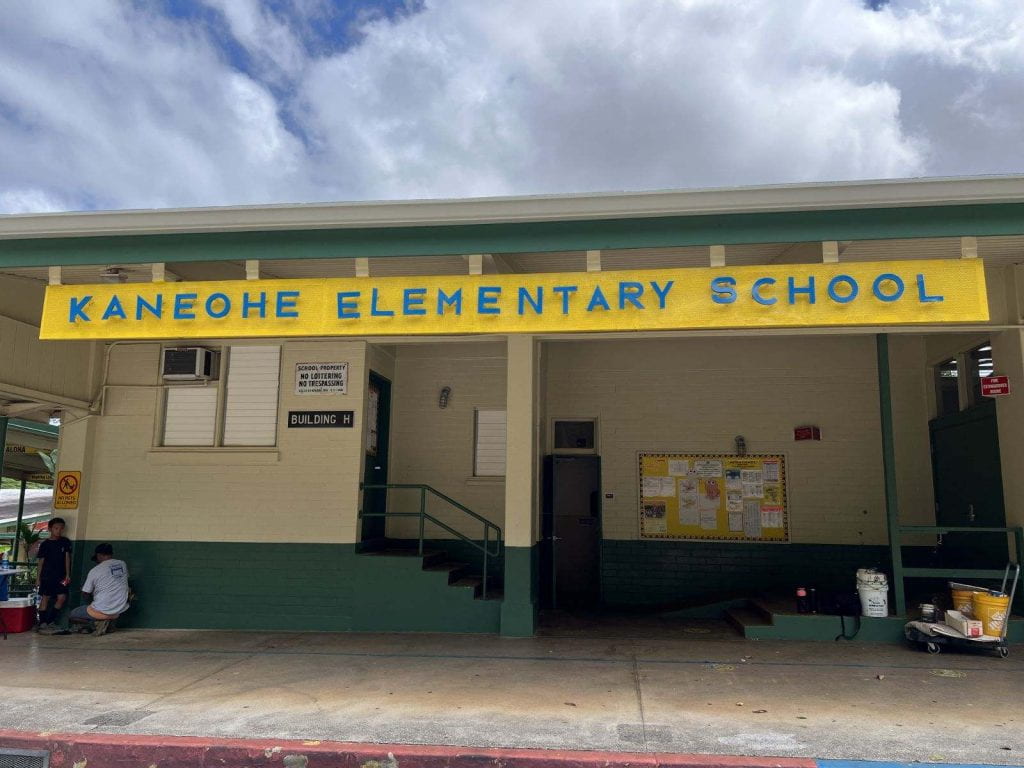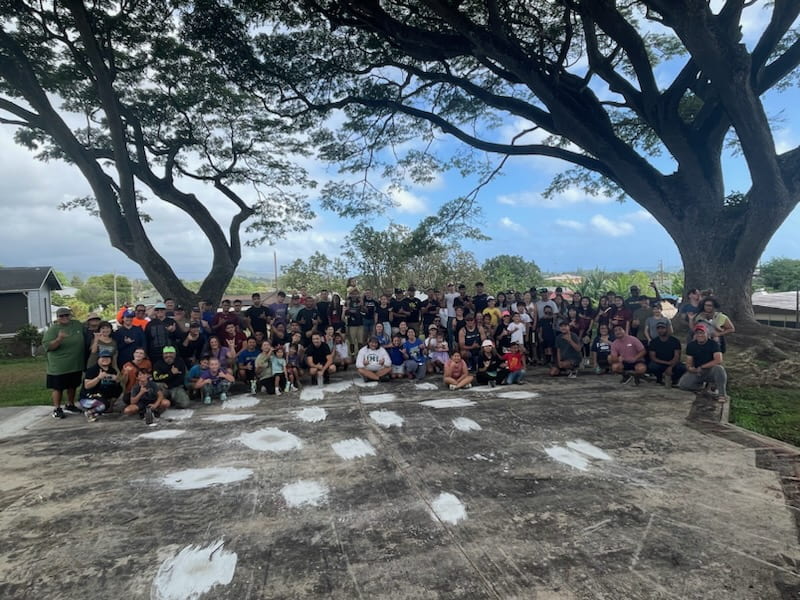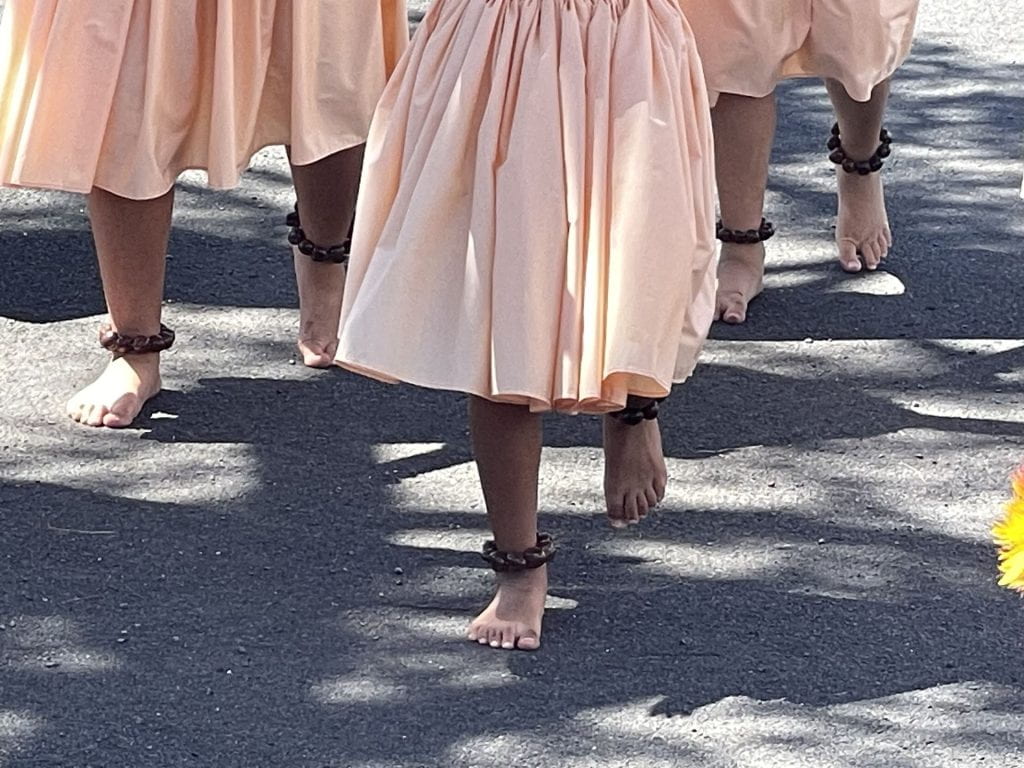Unity, agreement, accord, unison, harmony; agreed, in unity
Pukui, Mary Kawena, Hawaiian dictionary: Hawaiian-English, English-Hawaiian
ALOHA FOCUS FOR THE WEEK: LŌKAHI
Recently, I had the chance to talk story with Uncle Earl Kawaʻa, a cultural specialist with Kamehameha Schools. We attended a conference on Kukulu Kumuhana, a framework for well-being grounded in Hawaiian values. Although we sat in different parts of the room, I overheard Uncle Earl mentioning something about the concept of Ea which the framework defines as self-determination and agency. As I was in a different breakout, I could not hear what he shared however knowing Uncle Earl I guessed he was telling moʻolelo about Ea.
Later at lunch, I approached Uncle Earl as he dug into a bowl of chicken luau. Always generous with his knowledge, Uncle Earl explained that he advised his group to get to know the deeper meaning of the Kukulu Kumuhana concepts. He cautioned the literal meaning would suffice for basic actions, however the deeper meanings influence behaviors and attitudes. He used Ea as an example. Uncle Earl asked, “Where have you most prominently heard ʻEaʻ used?”
“The state motto: Ua mau ke ea o ka ʻāina i ka pono”
“Right, and where did that saying come from”
Sadly, I had forgotten that part of Hawaiian history and struggled to recall who authored the phrase. Without missing a beat, Uncle Earl went into teaching mode and said, “It came from the failed attempt by the British to take over the Kingdom of Hawaiʻi. When the captain who held the country captive was forced to retreat, King Kamehameha III proclaimed, ʻUa mau ke ea o ka ʻāina i ka ponoʻ But who was he saying that to?”
Before I could even utter, “who?” Uncle Earl said, “Everyone. Not just the Hawaiians. He meant it for all people.” Then referencing a talk Aunty Puanani Burgess gave earlier in the day, “Pono does not just mean righteousness. The deeper meaning is about being in harmony.”
I understood. King Kamehameha III was speaking to all of us – all who share in the riches of this ʻāina. He proclaimed that Ea is not just about life but our responsibility to stand up for what’s right and serve this ʻāina. And pono is not just about righteousness, but our LŌKAHI, the common responsibility we share.
5 PURSUITS of LŌKAHI
Inspired by Gholdy Muhammad
Please watch this: Remember written and read by US Poet Laureate Joy Harjo; illustrated by Caldecott Medalist Michaela Goade. Then with you child, answer the following:
- IDENTITY: In the poem, the author says, “Remember the sky that you were born under,
- know each of the star’s stories.” Talk to your kupuna about the moʻolelo of the moon, the sun, and constellations that were important to your ancestors.
- SKILLS: Using evidence from the text, how might this poem be about Lōkahi?
- INTELLECT: The author, Joy Harjo was the first U.S. Poet Laureate of Native American ancestry. Research what is a U.S. Poet Laureate and why this is such a great honor.
- CRITICALITY: In the poem, the author says, “Remember the plants, trees, animal life who all have their tribes, their families, their histories, too. Talk to them, listen to them. They are alive poems.” How might we “talk” to plants, trees, and animal life? What might they be saying?
- JOY: Sit and talk story with your kupuna. Spend time remembering things important to your family and ways that your connect.
A copy of the poem Remember by Joy Harjo can be found here.
WAS THAT A WHALE UNDER OUR TENT?
Last week, our first graders were treated to a fantastic opportunity to walk through a life-sized humpback whale and learn all about its anatomy. Our first grade teachers arranged for the National Oceanic and Atmospheric Administration (NOAA) Hawaiian Islands Humpback Whale National Marine Sanctuary to have their scientists teach hands-on marine science lessons and provide our students a memorable and enriching learning experience.
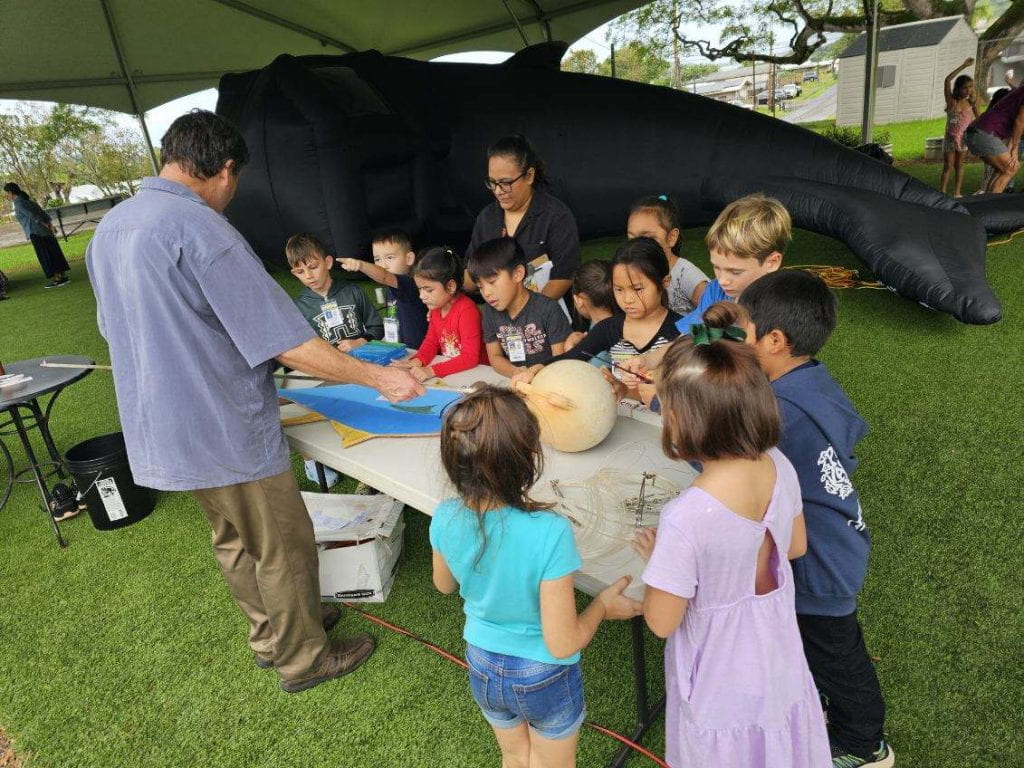
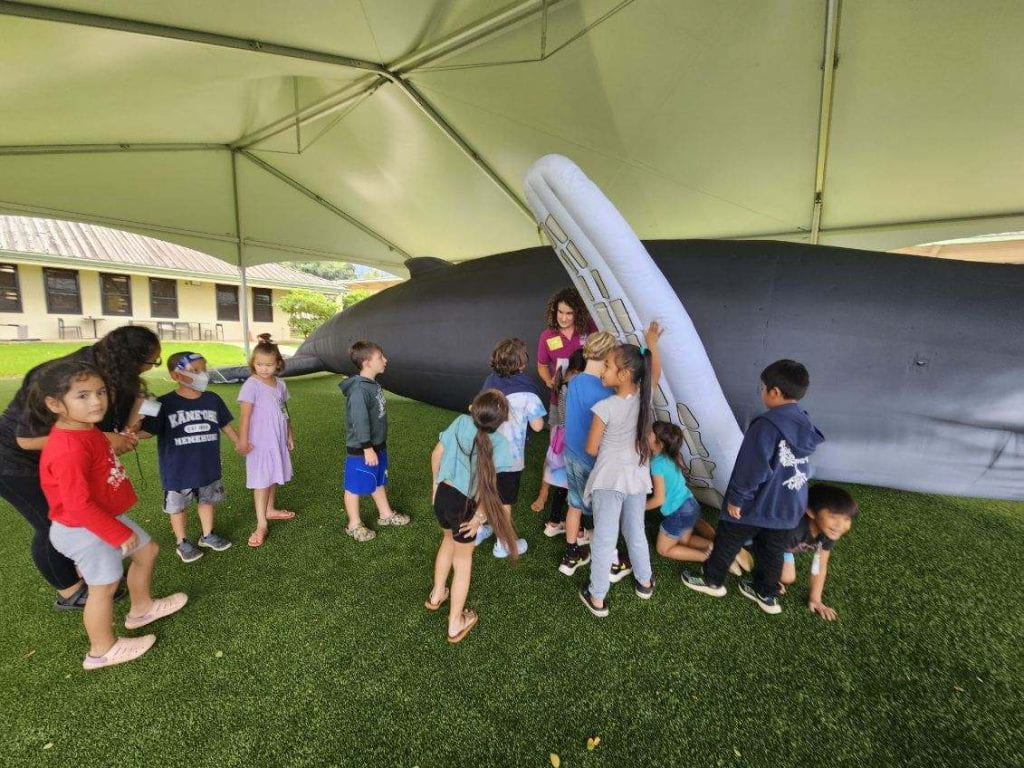

A PARADE OF GOOD CHEER
If you sat along Kamehameha Highway on Saturday morning, you might have seen our very own Kāneʻohe Alala and Pū kani (the students who lead our piko every morning) reciting an ʻoli about Koʻolaupoko. You might have also seen our student council passing out goodies to the kids lined up along the road. And finally you might have seen members of our Lokahi dance program led by Ms. Nyonda. Mahalo nui loa to our VP Kalei Tim-Sing and Academic Coach Cherisse Yamada for organizing our entry into the Kāneʻohe Christmas Parade and for all of our students, staff and parent volunteers that joined us.
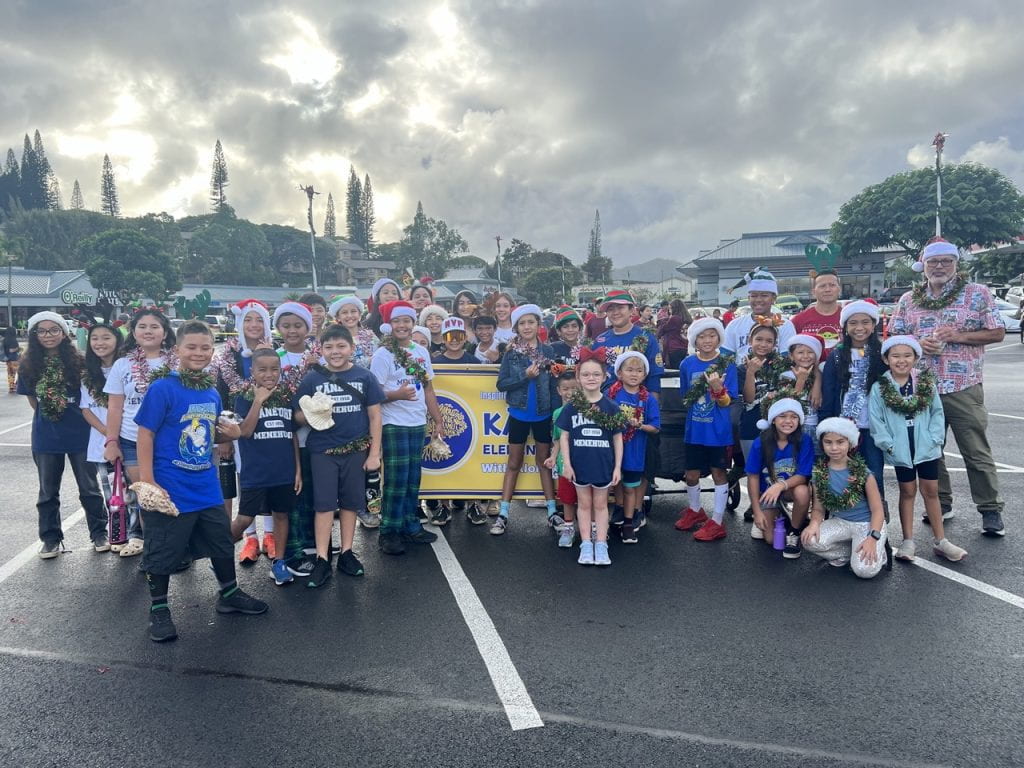
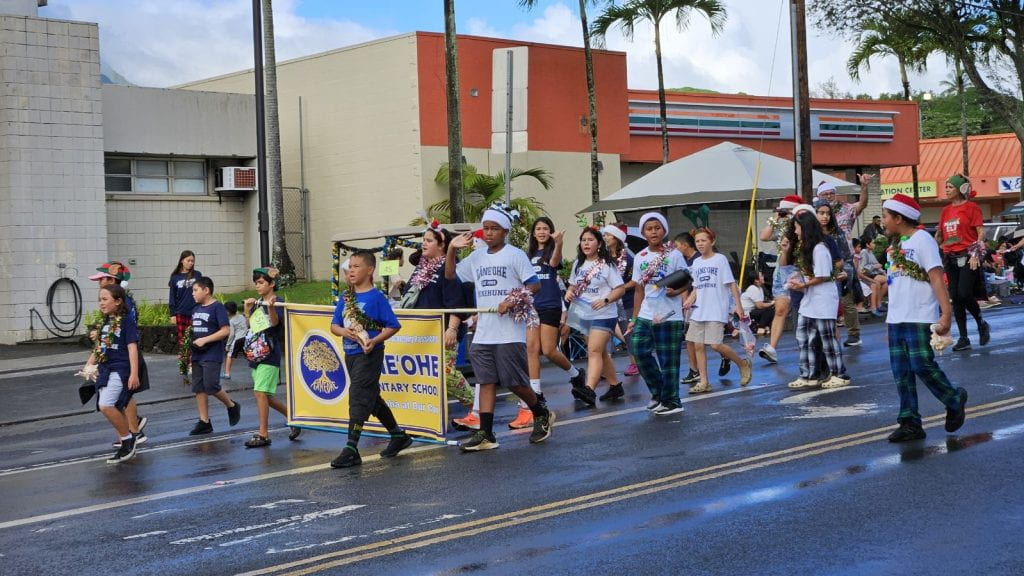
CONTINUED PRACTICES:
NOʻAHUNA OF ALOHA
See Uncle Pono Shim explain the Noʻahuna, the esoteric meaning, of Aloha as taught to him by Aunty Pilahi, the Keeper of Secrets.
WEAR PINK FOR MAUI WEDNESDAYS
Join us in letting “that light, that divine inspiration that Aunty Pilahi Paki says is given to you at your very beginning, come through and let your ALOHA join with the ALOHA of the collective to bring about healing.”
DAILY VIRTUAL PIKO
At the Daily Piko, we share thoughts on the Aloha value for the week which helps us become centered and ready to learn. We begin at 8 AM everyday except Wednesdays.
UPCOMING EVENTS
| Fri, Dec 8, 2023, 6 – 7 PM | ʻOhana Winter Activity – Holiday Crafts Make-n-Take Sign-up by Wed. Dec 6 |
| Wed, Dec 13, 2023, 4:30 PM | Wellness Committee Meeting Join by Zoom |
| Wed, Dec 20, 2023 | Winter Classroom Paina end school at 2:05 PM (switch with 12/21) |
| Thur, Dec 21, 2023 | Winter Songfest end school at 1:15 PM (switch with 12/20) End of Quarter 2 |
| Dec 22, 2023 – Jan 5, 2024 | Winter Break Intersession – no school |
| Wed, Dec 27, 2023, 5 PM | School Community Council Meeting Join by Zoom |
| Mon, Jan 8, 2024 | Waiver Day #3 – No Students |
